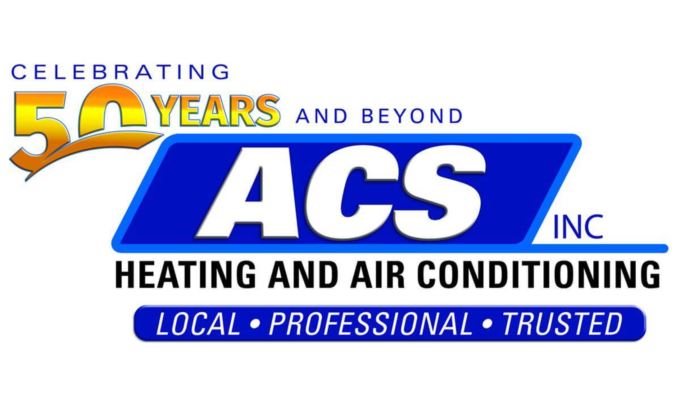
You shouldn’t have to give up comfort or spend a lot to keep your home at a refreshing setting during warm days.
But what is the best temp, exactly? We review advice from energy professionals so you can select the best temperature for your residence.
Here’s what we recommend for the most energy-efficient setting for air conditioning in Tucker.
Recommended Thermostat Settings for Summer
Most families find using the thermostat at 72-73 degrees is most comfortable. However, if there’s a big difference between your indoor and outdoor temps, your electricity costs will be greater.
This is our advice based on the U.S. Department of Energy (DOE) and ENERGY STAR®.
While at home: 78 degrees. While that seems hot, there are methods you can keep your home cool without having the AC on all the time.
Keeping windows and curtains shut during the day keeps cool air where it needs to be—within your home. Some window solutions, like honeycomb shades or plantation shutters, are created to offer more insulation and better energy savings.
If you have ceiling fans in your house, the DOE says you can move thermostat temperatures about 4 degrees higher without sacrificing comfort. That’s due to the fact they refresh with a windchill effect. Since they cool people, not areas, shut them off when you exit a room.
If 78 degrees still feels too uncomfortable on the surface, try doing an experiment for a week or so. Start by upping your thermostat to 78 degrees while you’re at your house. Then, gradually lower it while adhering to the advice above. You may be surprised at how cool you feel at a warmer temperature setting.
While away: 88 degrees. There’s no reason to keep the AC on all day while your house is empty. Switching the setting 7–10 degrees hotter can save you as much as 5–15% on your cooling costs, according to the DOE.
When you get home, don’t be tempted to put your thermostat under 78 to cool your residence faster. This isn’t effective and often leads to a more expensive AC bill.
A programmable thermostat is a good approach to keep your temperature under control, but it requires setting programs. If you don’t use programs, you might forget to increase the set temperature when you take off.
If you need a convenient solution, think over buying a smart thermostat. This thermostat links with your phone, so it is aware when you’re at home and when you’re away. Then it instinctively changes temperature settings for maximum savings. How much exactly? Typically $180 yearly on heating and cooling, according to ENERGY STAR.
Another advantage of installing a smart thermostat? You can use your phone to keep an eye on and change temperature settings from almost anywhere.
While sleeping: Around 70 degrees. While ENERGY STAR advises 82 degrees, that could be unpleasant for many families. Many people sleep better when their sleeping space is chilled, so that’s why the National Sleep Foundation suggests 60–67 degrees. But that may be too cool, based on your PJ and blanket preference.
We advise trying a comparable test over a week, setting your thermostat higher and slowly decreasing it to determine the ideal temperature for your family. On mild nights, you could discover keeping windows open at night and using a ceiling fan is a preferable solution than using the air conditioner.
More Approaches to Save Energy This Summer
There are other ways you can conserve money on AC bills throughout warm weather.
- Install an energy-efficient AC system. Central air conditioners only last about 12–15 years and lose efficiency as they become older. An upgraded air conditioner can keep your house comfier while keeping cooling expenses down.
- Set regular air conditioner tune-ups. Annual air conditioner maintenance keeps your system operating properly and might help it operate at better efficiency. It might also help extend its life cycle, since it allows pros to uncover small issues before they create a major meltdown.
- Change air filters regularly. Follow manufacturer instructions for changing your air filter. A dirty filter can cause your system to short cycle, or switch on and off too frequently, and drive up your energy.
- Check attic insulation levels. Just about 90% of houses in the USA don’t have adequate insulation, according to the Insulation Institute. Most southern climates should have 13–14” of attic insulation, while northern climates should have 16–18”.
- Have your ductwork examined. Ductwork that has separated over time can seep cool air into your attic, walls or crawl space. This can create major comfort issues in your home, such as hot and cold spots.
- Seal holes, doors and windows. Keep hot air where it should be by closing holes. You can also caulk or weather strip doors to keep more conditioned air indoors.
Conserve More Energy During Hot Weather with ACS Heating and Air Conditioning
If you need to save more energy during warm weather, our ACS Heating and Air Conditioning specialists can assist you. Give us a call at 770-450-1539 or contact us online for additional information about our energy-saving cooling options.

